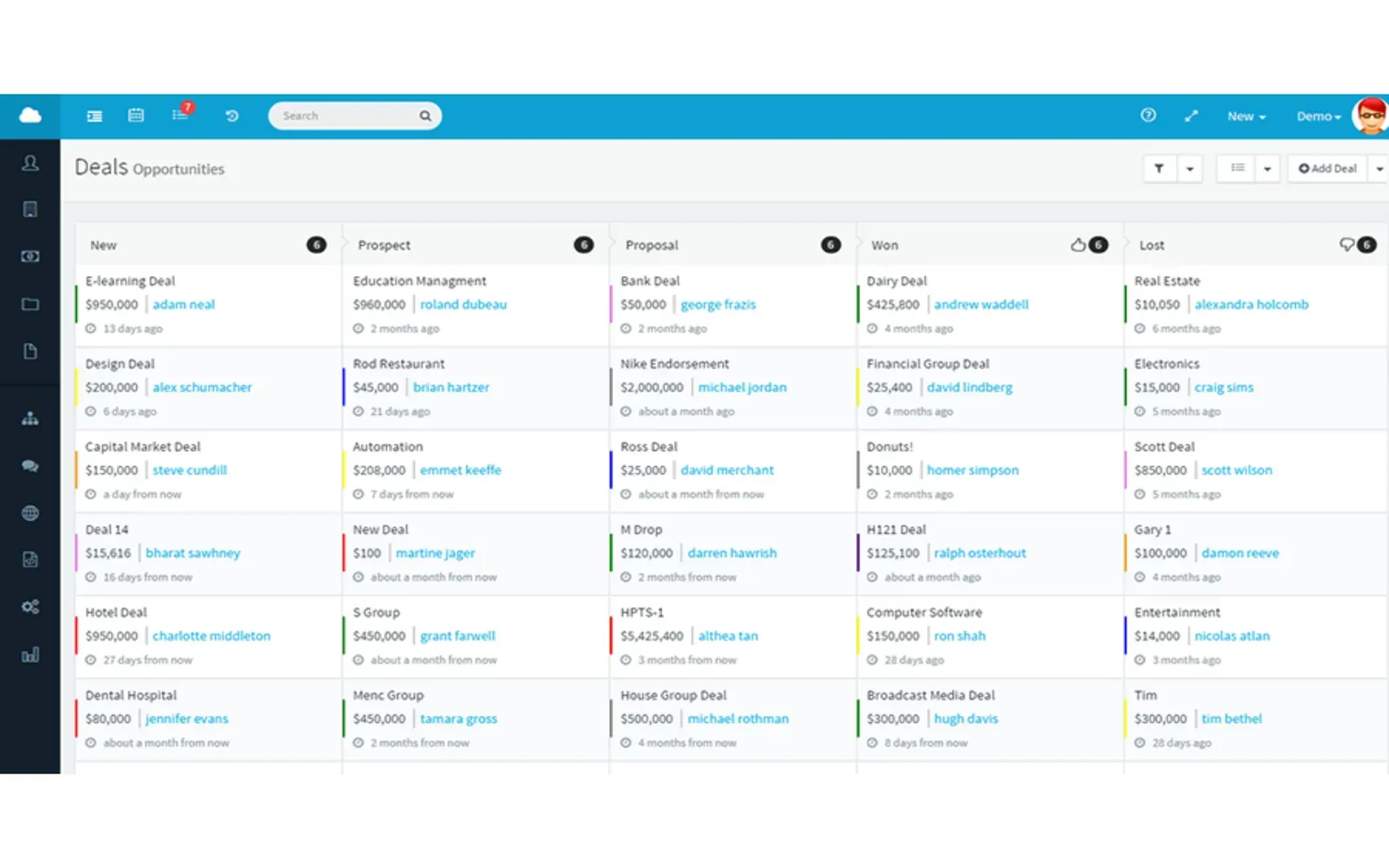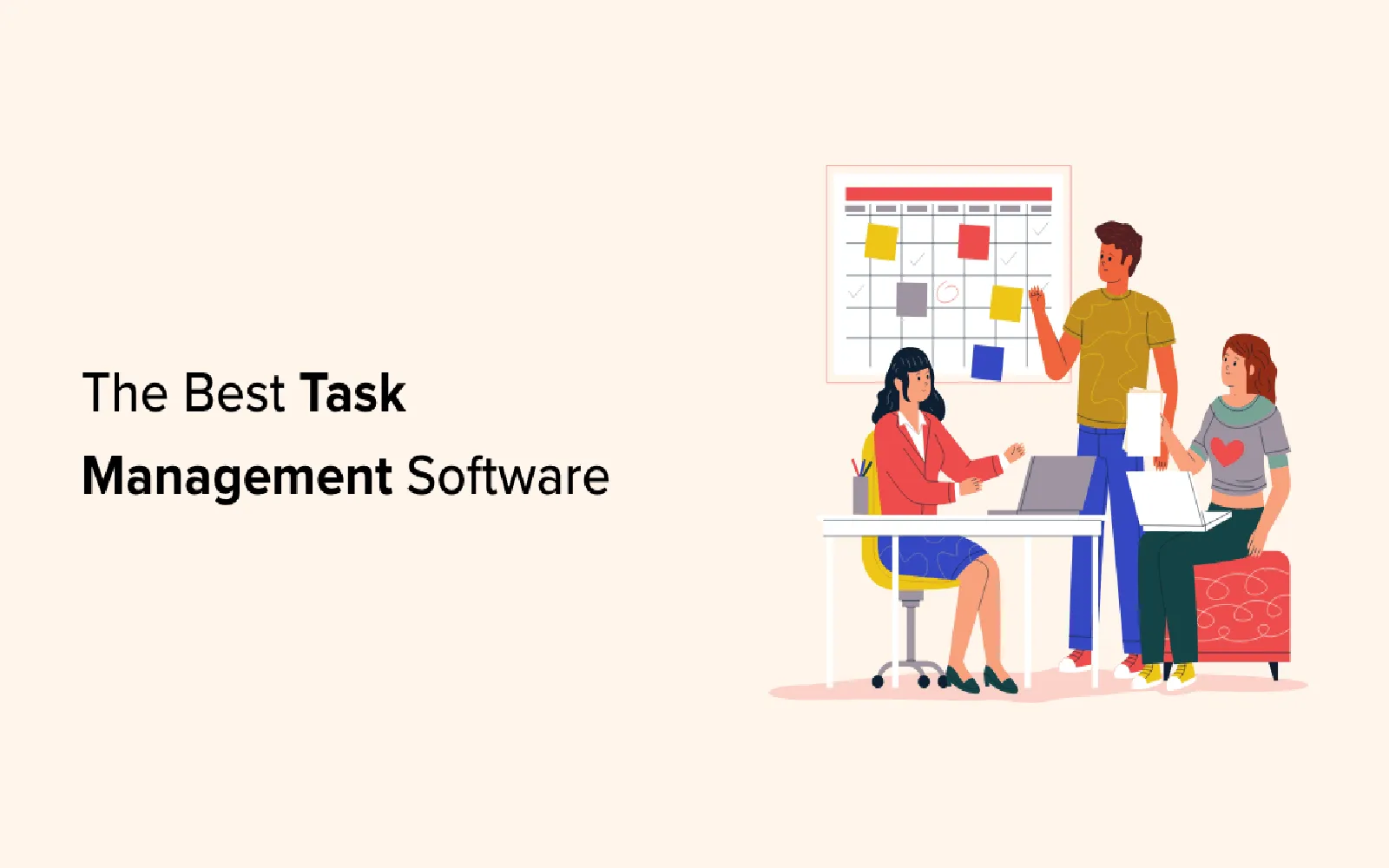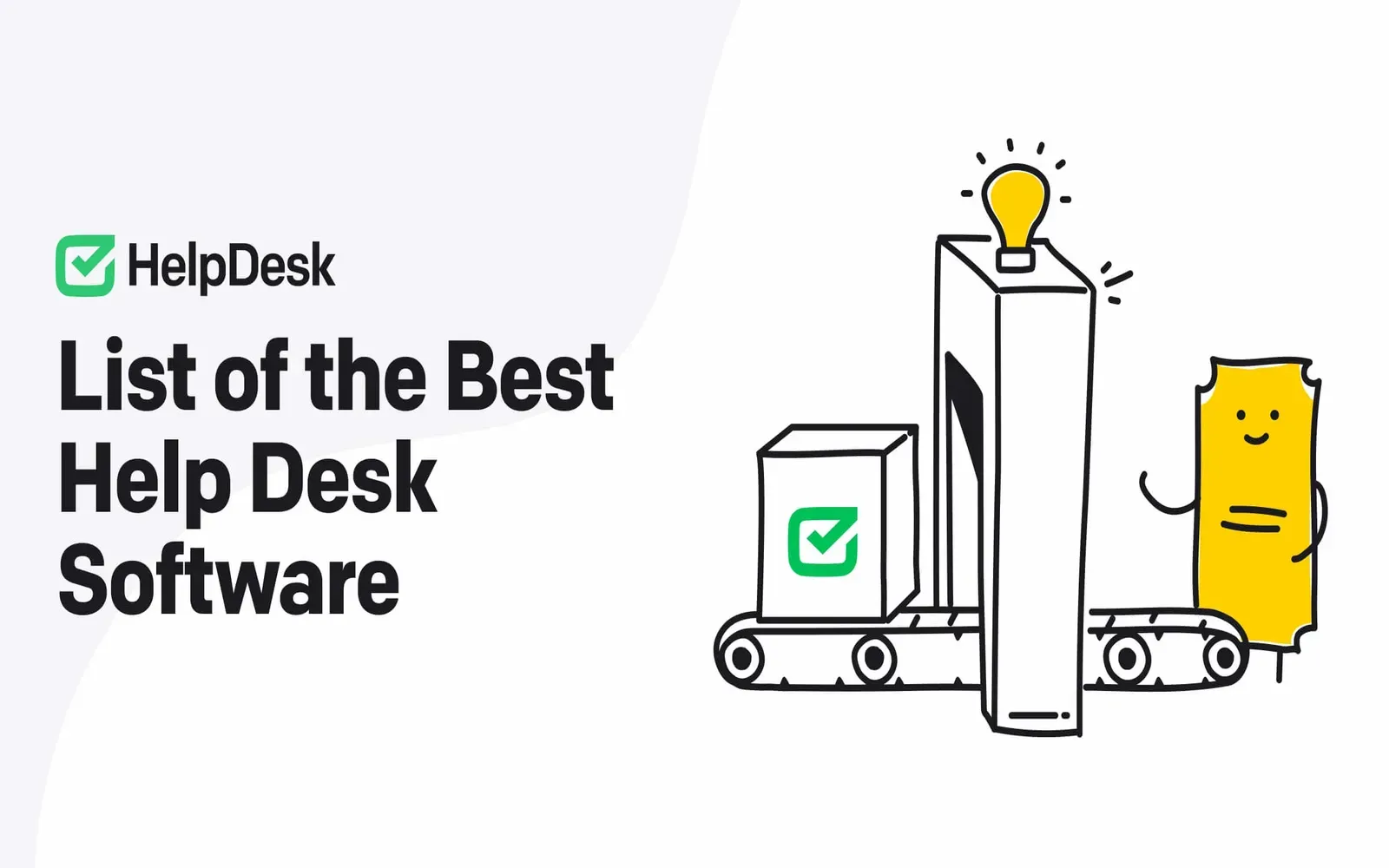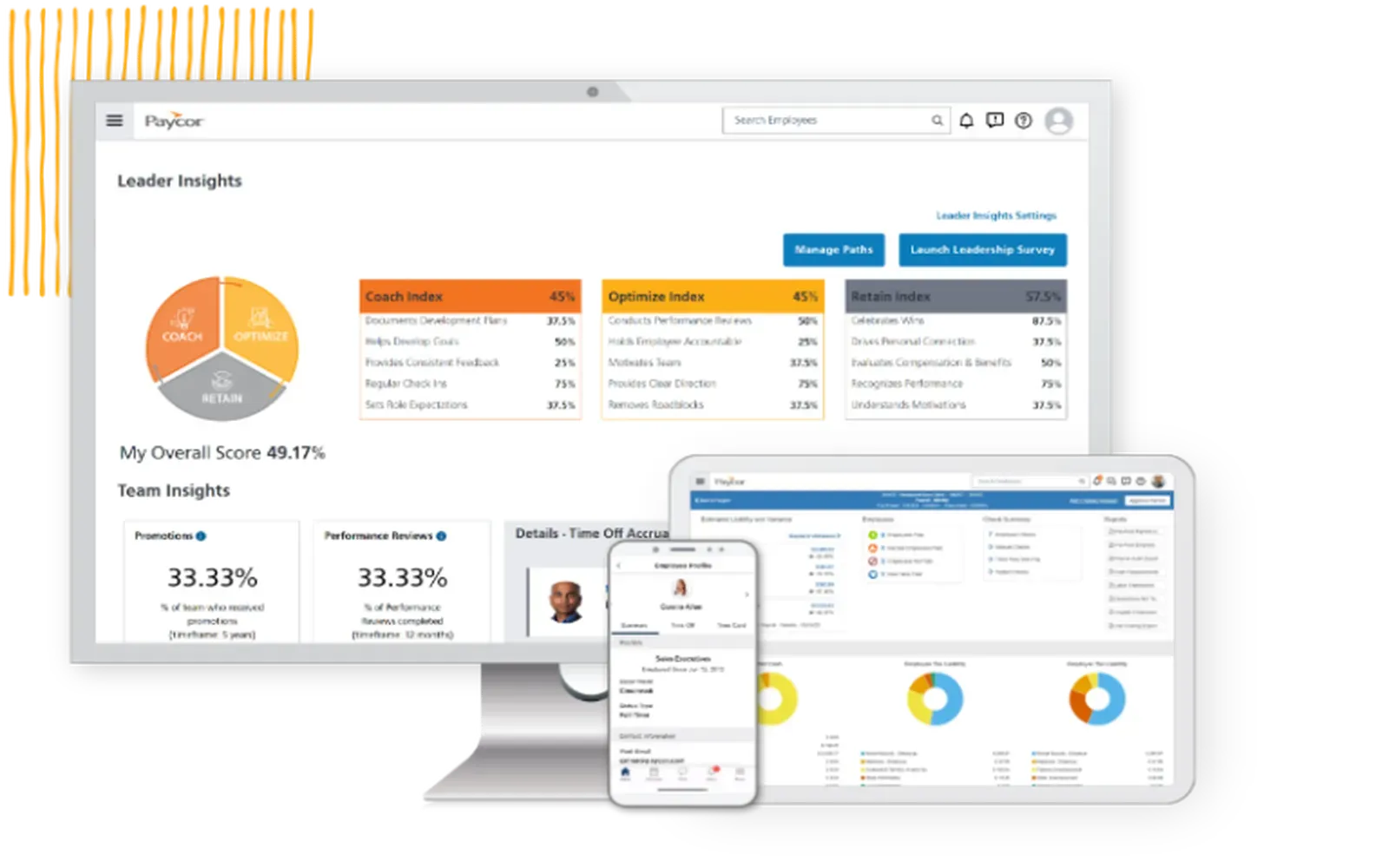Top Digital Asset Management Software Trends to Watch in 2025: Boost Your Brand's Efficiency
Introduction to Digital Asset Management
In an era where digital content reigns supreme, the need for effective digital asset management (DAM) software has never been more critical. As brands increasingly rely on digital assets such as images, videos, and documents to engage with their audiences, managing these assets efficiently becomes essential. With 2025 just around the corner, understanding the emerging trends in DAM software is vital for businesses looking to enhance their operational efficiency and brand visibility.
1. Increased Integration with Artificial Intelligence
One of the most significant trends in digital asset management software is the integration of artificial intelligence (AI). AI technologies can streamline the management processes, allowing for automated tagging, sorting, and searching of digital assets. In 2025, we can expect DAM solutions to leverage AI more extensively to enhance user experience. For instance, AI algorithms can automatically analyze images and videos, identifying content and context, which significantly reduces the time required for manual tagging.
2. Enhanced Search Capabilities
As brands accumulate vast libraries of digital assets, the need for robust search capabilities becomes paramount. In 2025, we can expect DAM software to incorporate advanced search functionalities, including natural language processing (NLP) and visual search. This will allow users to find assets using conversational queries or even through image recognition, making asset retrieval faster and more intuitive.
3. Cloud-Based Solutions for Scalability
The shift towards cloud-based solutions continues to gain momentum in the digital asset management landscape. By 2025, we will see an even greater emphasis on cloud-based DAM systems, offering brands the flexibility to scale their storage and access assets from anywhere in the world. The cloud provides not only scalability but also enhanced collaboration capabilities, enabling teams to work together seamlessly, regardless of their physical location.
4. Focus on User Experience and Interface Design
As digital assets become increasingly central to brand strategies, the user experience (UX) of DAM software is critical. In 2025, we anticipate a shift towards more intuitive interface designs that facilitate ease of use. Companies will invest in UX research to understand the needs of their users better and tailor their software accordingly. A user-friendly interface will reduce the learning curve for new users and improve overall productivity.
5. Integration with Marketing Automation Tools
As marketing strategies become more data-driven, the integration of DAM software with marketing automation tools will be crucial. By 2025, we expect to see a surge in DAM solutions that seamlessly connect with popular marketing platforms, enabling brands to efficiently manage their digital assets throughout the entire marketing lifecycle. This integration will simplify the process of distributing content across various channels, ensuring that marketing teams can deliver consistent messaging.
6. Advanced Analytics and Reporting Features
Data-driven decision-making is at the forefront of modern marketing strategies. In 2025, DAM software will likely incorporate advanced analytics and reporting features, providing insights into asset performance, usage trends, and user engagement. These analytics will empower brands to make informed decisions about their content strategy, ultimately leading to more effective marketing campaigns.
7. Emphasis on Security and Compliance
With an increasing number of brands facing data breaches and compliance challenges, the security of digital assets will remain a top priority. In 2025, we can expect DAM solutions to enhance their security features, including advanced encryption, access controls, and user authentication methods. Additionally, compliance with regulations such as GDPR and CCPA will be crucial, and DAM software will need to provide tools to help brands manage and protect their data effectively.
8. Support for Diverse Media Formats
As the digital landscape evolves, so do the types of media formats that brands use to engage their audiences. In 2025, DAM software will need to support an even broader range of media formats, including augmented reality (AR) and virtual reality (VR) content. This will allow brands to store, manage, and distribute immersive experiences alongside traditional assets, enhancing their ability to connect with consumers.
9. Collaboration Features for Remote Teams
As remote work becomes a permanent fixture for many organizations, the need for collaboration features in DAM software is more significant than ever. In 2025, we can expect to see enhanced collaborative functionalities that allow teams to review, comment, and approve assets in real-time. This will streamline workflows and ensure that teams can work efficiently, regardless of their physical location.
10. Sustainability Considerations
As sustainability becomes a key focus for brands, digital asset management software will need to reflect these values. By 2025, we anticipate a growing trend towards eco-friendly DAM solutions that help brands reduce their digital carbon footprint. This could include features that optimize file sizes for energy efficiency or tools that enable brands to track and minimize their digital waste.
11. Customization and Personalization
Every brand has unique needs when it comes to managing digital assets, and in 2025, we expect to see increased options for customization and personalization in DAM software. Brands will seek solutions that can be tailored to their specific workflows, allowing for a more personalized experience that aligns with their operational requirements. This flexibility will enhance user satisfaction and drive adoption across teams.
12. Integration with E-Commerce Platforms
As online shopping continues to grow, the integration of DAM software with e-commerce platforms will become essential. In 2025, we can anticipate a surge in DAM solutions that enable brands to manage product images, videos, and marketing collateral directly within their e-commerce systems. This will create a seamless experience for managing digital assets and ensure that brands can deliver a cohesive shopping experience for their customers.
13. Mobile Accessibility
With the rise of mobile-first strategies, the accessibility of DAM software on mobile devices will be a critical trend in 2025. Brands will increasingly seek solutions that offer mobile-friendly interfaces, allowing team members to access, upload, and manage digital assets on-the-go. This flexibility will enhance productivity, enabling teams to respond quickly to market changes and capitalize on real-time opportunities.
14. Community and User Support
As the demand for DAM software grows, so does the need for robust community and user support services. By 2025, we expect to see a stronger focus on building user communities around DAM solutions, offering forums for sharing best practices, troubleshooting, and collaboration. This sense of community will foster user engagement and facilitate knowledge sharing, helping brands maximize the value of their DAM solutions.
15. Conclusion: Embrace the Future of Digital Asset Management
As we approach 2025, staying ahead of the trends in digital asset management software is crucial for brands looking to boost their efficiency and effectiveness. By leveraging advancements in AI, cloud technology, enhanced search capabilities, and robust security measures, businesses can streamline their operations and enhance their digital marketing efforts. Embracing these trends will not only empower brands to manage their digital assets more efficiently but also position them for success in an increasingly competitive digital landscape. The future of digital asset management is bright, and those who adapt to these changes will undoubtedly reap the rewards.
Explore

Top Software Development Companies to Watch in 2025: Innovations and Trends Shaping the Future

Top Social Media Marketing Companies to Watch in 2025: Trends, Strategies, and Success Stories

Top PPC Agencies to Watch in 2025: Boost Your Online Advertising Success

Top Data Management Software for Small Businesses in 2025: Boost Efficiency and Drive Growth

Top Task Management Software for Small Businesses in 2025: Boost Productivity and Efficiency

Top Help Desk Software Solutions for 2025: Boost Your Customer Support Efficiency

Top Payroll Software Solutions for 2025: Streamline Your Business Operations and Boost Efficiency

Top SEO Software Tools to Boost Your Rankings in 2025: A Comprehensive Guide
